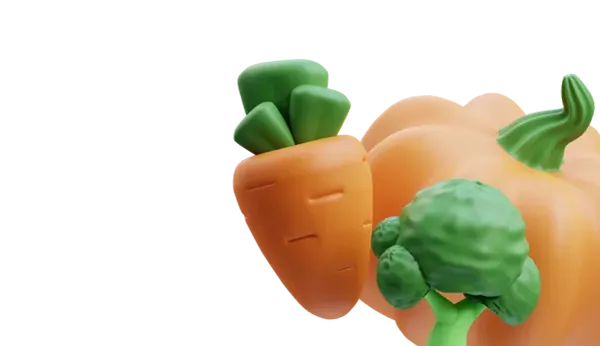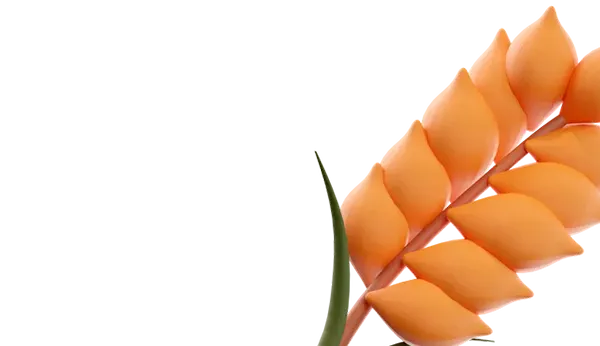Genetics affect the color of a chicken egg. A white egg is also known as the "wild type" because jungle fowl, the ancestors of all chickens, lay naturally white and unchanged-colored eggs. A white egg has a white shell both outside and inside.
The second most common egg color is brown, which is the result of the interaction of 23 individual genes. All brown eggs start out as white, with the inside of the egg remaining white. This is due to a pigment that is applied to the shell just before laying. This pigment, known as protoporphyrin IX, colors the eggshell over a 24-hour period in a specialized gland of the oviduct. Chickens have a certain amount of pigment, and when it decreases, the color becomes lighter, similar to a photocopier running out of ink. The darkest eggs are laid early in the season, and then the color gradually fades. Marans lay the most intensively colored "chocolate" eggs.
Blue eggs are laid by Araucana chickens, which originated from Mapuche hens. They are named after an indigenous group in Chile and South America and further developed in North America, becoming Ameraucanas. These medium-sized birds with a tuft and beard have a quite distinctive appearance. The blue egg gene is passed down from the South American ancestor. The blue gene dominates over white. Scientists believe that a retrovirus altered the Araucana's DNA sequence in the past, leading to the production of a substance in the liver called oocyanin, which colors the egg entirely blue on the outside.
The eggshell color is unique to each laying hen and depends on genetics and breed. While colored eggs have no nutritional differences compared to white ones, they boost mood and stimulate sales, especially for small-scale farmers selling eggs. They are particularly popular around Easter, hence hybrid chickens with colorful eggs are called "Easter Eggers." Owners can crossbreed breeds themselves to achieve even more unique egg shades, such as bright pink, dark green, or speckled. When a hen and a rooster are crossed, the genes of both parents influence the color of the eggshells laid by their offspring.
Green eggs have become very popular, and many breeders and hatcheries create their own hybrids by regularly crossing two breeds or hybrids, using the "blue plus brown" principle. Chickens laying green eggs start with a blue color, and then a brown shade is applied in the final stages of egg formation.
As with any hybrids, their actual characteristics may vary, but when breeders or hatcheries work with the same lines, it increases the chances of obtaining a much more predictable result.
The most popular crosses in the world to obtain green eggs are the "Easter Egger" and Favaucana.
"Easter Eggers" or "Olive Eggers" are a special variety that does not conform to any breed standard. They lay eggs year-round ranging from large to extra-large, and their shades vary from blue to green, olive to turquoise, and sometimes even pinkish. This is the result of crossing blue egg layers such as Cream Legbar or Ameraucana with hens laying dark brown eggs, such as Marans or Welsummer. The blue egg acquires brown pigment, turning the shell green.
Favaucanas are hybrids of Faverolles and Ameraucanas, laying around four to six green eggs per week, and they are known for their friendly and playful nature.















